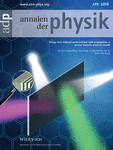Journal list menu
Export Citations
Download PDFs
Cover Picture
Cover Picture: Ann. Phys. 3-4'2016
- Page: 221
- First Published: 05 April 2016
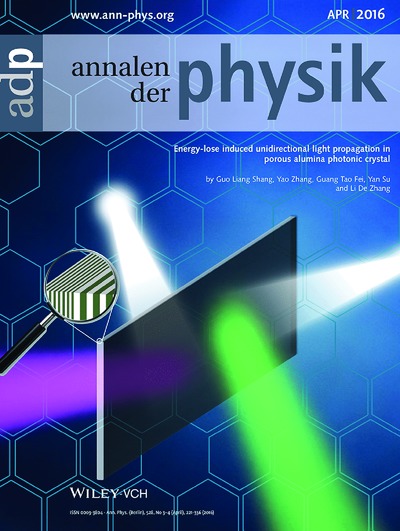
Energy-lose induced unidirectional light propagation were found in porous alumina based photonic crystal heterostructures. The reflected colors of the sample on the front and back sides illuminations are quite different, however, the transmitted colors have no obvious difference. This kind of unidirectional light propagation can be modulated over the whole visible light region by adjusting the combination of different photonic bandgap as well as the view angle.
Back Cover
Back Cover: Ann. Phys. 3-4'2016
- Page: 336
- First Published: 05 April 2016
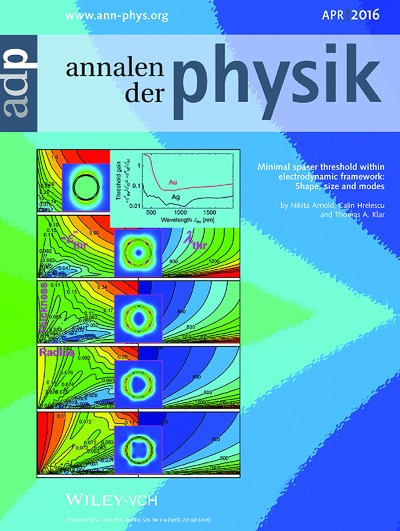
The threshold gain of a quasi-static spaser depends only on the dielectric functions of the metal and gain material, while the nanoparticle shape or spasing mode define the resonant wavelength. The figure illustrates this on the example of silver shells embedded in gain material, and shows how the threshold gain increases for finite-sized structures with retardation due to radiative losses.
Issue Information
Call for Papers
Contents
Highlights
Highlights of forthcoming Annalen der Physik issues
- Page: 231
- First Published: 05 April 2016
Advisory Board
Editorial
From Einstein's general theory of relativity to gravitational-wave astronomy
- Pages: 229-230
- First Published: 05 April 2016
Then & Now
Chaos and beauty in a beaker: The early history of the Belousov-Zhabotinsky reactionw
- Pages: 233-237
- First Published: 05 April 2016
Expert Opinion
Unraveling multipartite entanglement for an important family of mixed states
- Pages: 238-240
- First Published: 07 January 2016
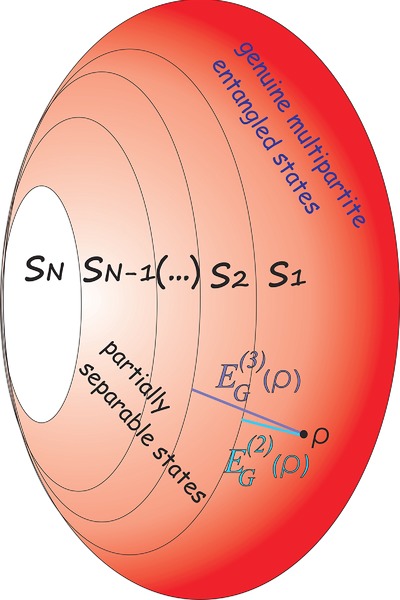
Schematic of the state space of an N-qubit system. The space is subdivided into N separability classes  ,
,  (genuinely multipartite entangled),
(genuinely multipartite entangled),  (biseparable),
(biseparable),  (fully separable). Buchholz et al. have exactly obtained the entanglement measure
(fully separable). Buchholz et al. have exactly obtained the entanglement measure  for a specific family of symmetric states. The geometric entanglement
for a specific family of symmetric states. The geometric entanglement  is the geometric distance of the state ρ from the set of k-separable states.
is the geometric distance of the state ρ from the set of k-separable states.
Review Article
Selfassembly of α,ω-dithiols on surfaces and metal dithiol heterostructures
- Pages: 242-263
- First Published: 03 February 2016
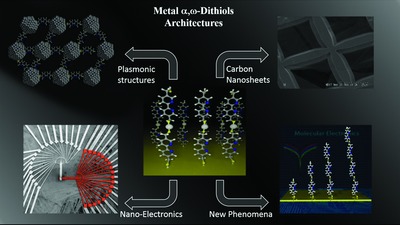
α,ω-Dithiols with reactive terminal thiol groups (HS-R-SH) can be used as a glue between metallic entities. This has been used to measure molecular conductance, create nano-spacers of interest in plasmonics, and build complex metal organic structures, including doped graphene type films. This report discusses key questions regarding protocols of making optimal dithiol metal structures and then describes their build by self assembly and lithography, their chemical composition and functional properties.
Rapid Research Letters
Four five-parametric and five four-parametric independent confluent Heun potentials for the stationary Klein-Gordon equation
- Pages: 264-271
- First Published: 19 February 2016
Room-temperature luminescence decay of colloidal semiconductor quantum dots: Nonexponentiality revisited
- Pages: 272-277
- First Published: 18 February 2016
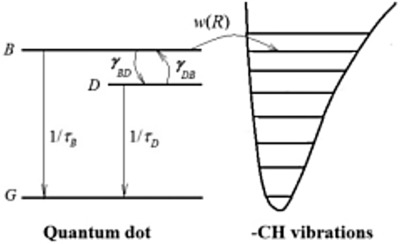
A physical interpretation for the room-temperature luminescence decay of colloidal quantum dots using the Kohlrausch relaxation function is proposed. The kinetics of the decay is determined by Förster-type dipole-dipole energy transfer from the quantum dots to anharmonic –CH vibrations of the capping molecules. Evidence for the role of the –CH anharmonic vibrations as photoexcitation energy acceptors is presented and their random distribution explained by the conformational freedom of alkyl chains.
Editor's Choice
Evaluating the geometric measure of multiparticle entanglement
- Pages: 278-287
- First Published: 09 December 2015
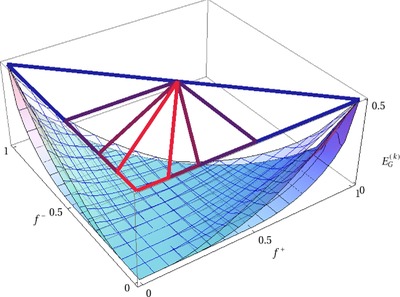
We present an analytical approach to evaluate the geometric measure of multiparticle entanglement for mixed quantum states. Our method allows the computation of this measure for a family of multiparticle states with a certain symmetry and delivers lower bounds on the measure for general states. It works for an arbitrary number of particles, for arbitrary classes of multiparticle entanglement, and can also be used to determine other entanglement measures.
Original Papers
Energy-lose induced unidirectional light propagation in porous alumina photonic crystal
- Pages: 288-294
- First Published: 09 December 2015
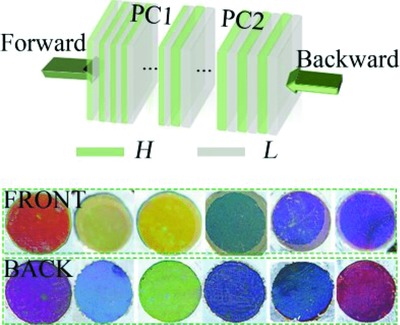
Energy-lose induced unidirectional light propagation were found in porous alumina based photonic crystal heterostructures. The reflected colors of the sample on the front and back sides illuminations are quite different, however, the transmitted colors have no obvious difference. This kind of unidirectional light propagation can be modulated over the whole visible light region by adjusting the combination of different photonic bandgap as well as the view angle.
Minimal spaser threshold within electrodynamic framework: Shape, size and modes
- Pages: 295-306
- First Published: 07 December 2015
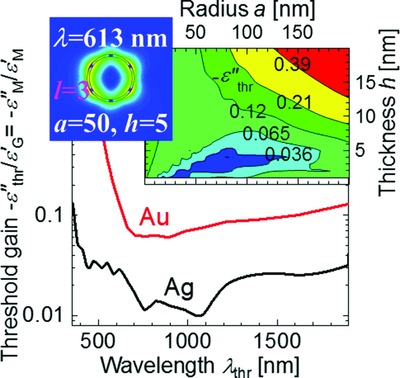
The threshold of a spaser is analyzed electrodynamically. Quasi-static threshold gain depends only on the dielectric functions of the metal and gain material. Nanoparticle shape, composition, or spasing mode define only the resonant wavelength, which can be tuned to the spectral minimum of the gain. Retardation increases the threshold gain via radiative losses, as quantified using examples of silver spheroids and spherical shells embedded into gain material.
Extra dimensions and phase experiments
- Pages: 307-312
- First Published: 19 November 2015

In modern Kaluza-Klein theories which successfully unify gravity, electromagnetism and a scalar field, null geodesics in five dimensions lead to simplified expressions for phase shifts in four-dimensional spacetime. It might be possible to test for an extra dimension by experiments such as those where neutron interferometry is used to measure the Aharonov-Bohm effect.
Strong light-matter coupling between a molecular vibrational mode in a PMMA film and a low-loss mid-IR microcavity
- Pages: 313-320
- First Published: 17 November 2015
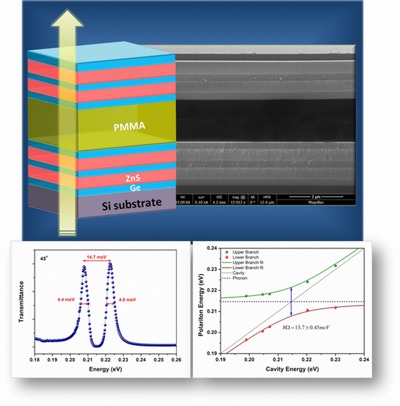
We present a microcavity phonon-polariton system that is derived from coupling cavity-confined mid-IR photons to the vibronic transition of an organic material. In particular, to achieve strong phonon-photon coupling, we coupled the carbonyl stretch vibrational transition of a polymethyl methacrylate film to the photonic resonance of a low optical-loss microcavity, which consisted of two Ge/ZnS dielectric Bragg reflectors. Transmission measurements show two distinct transmission peaks that are energetically shifted from the bare phonon and cavity resonances, indicating Rabi-splitting and the realization of polaritonic states.
Solvable potentials with exceptional orthogonal polynomials
- Pages: 321-334
- First Published: 26 October 2015
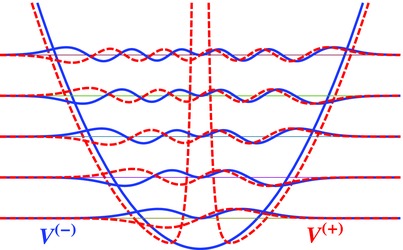
Two different but partner potentials are sharing exactly the same energy spectrum. The supersymmetric eigenfunctions derived from one another by simple creation and annihilation operators and they generate classes of exceptional orthogonal polynomials. A recent topic of a great mathematical interest.




